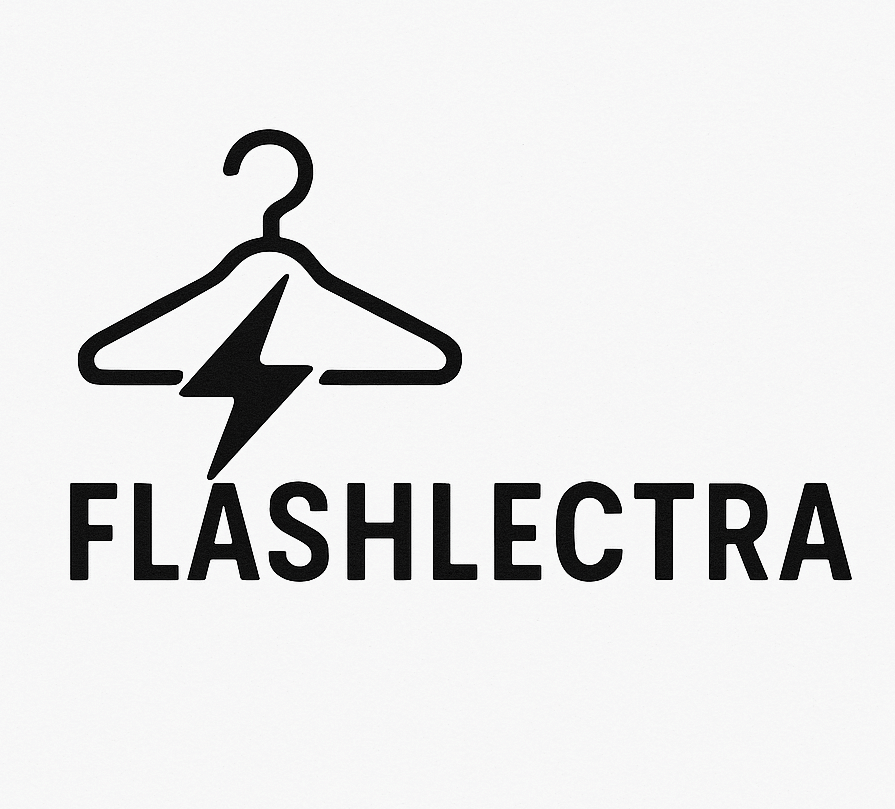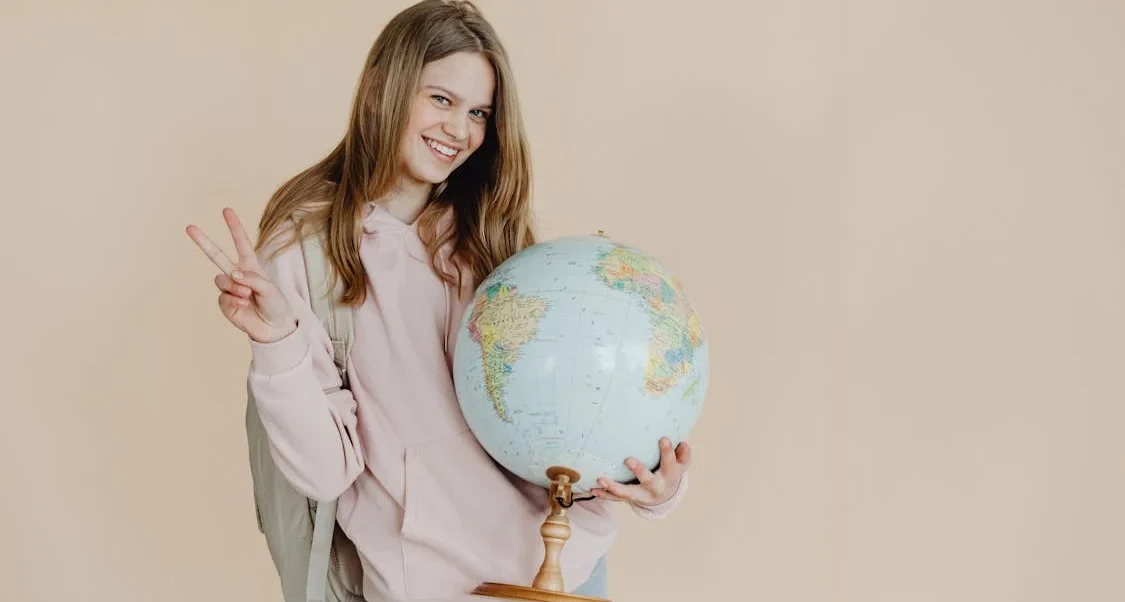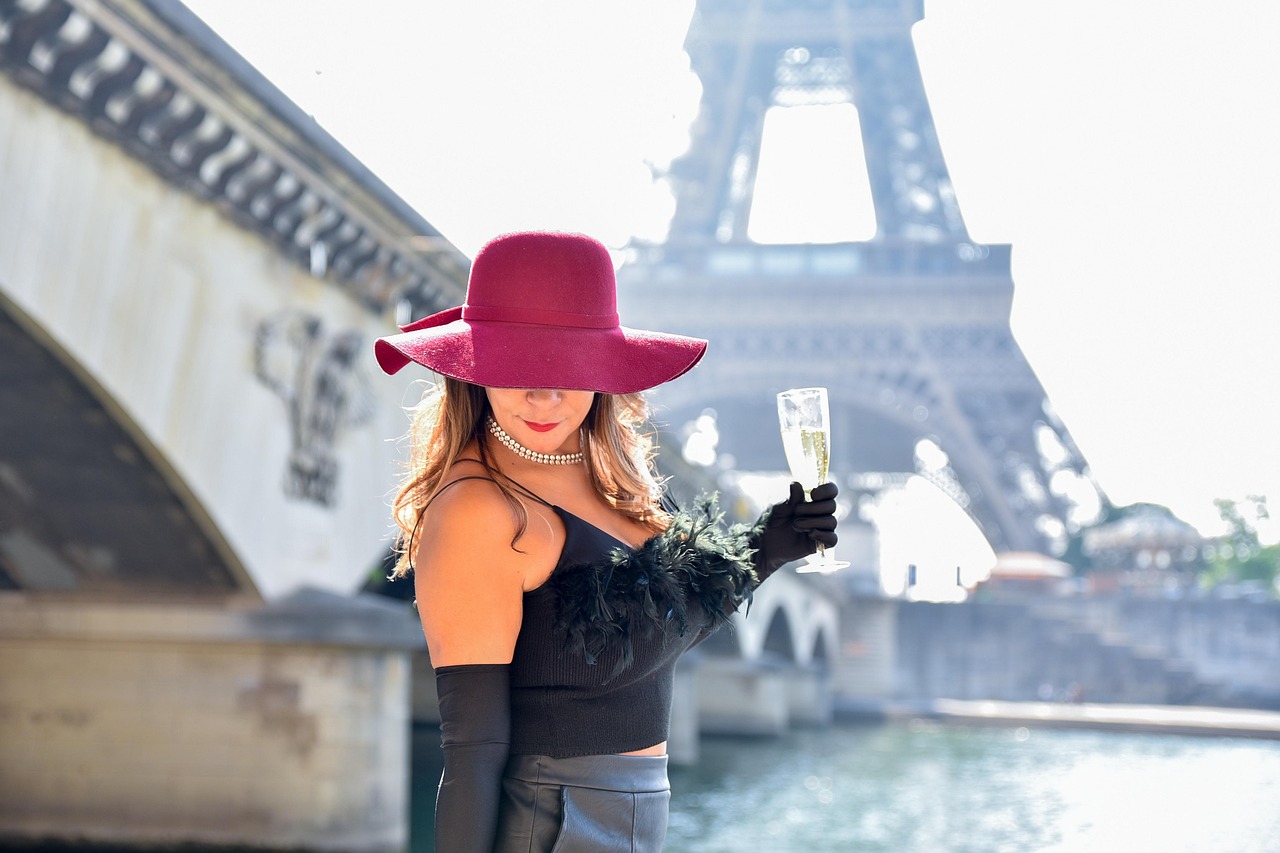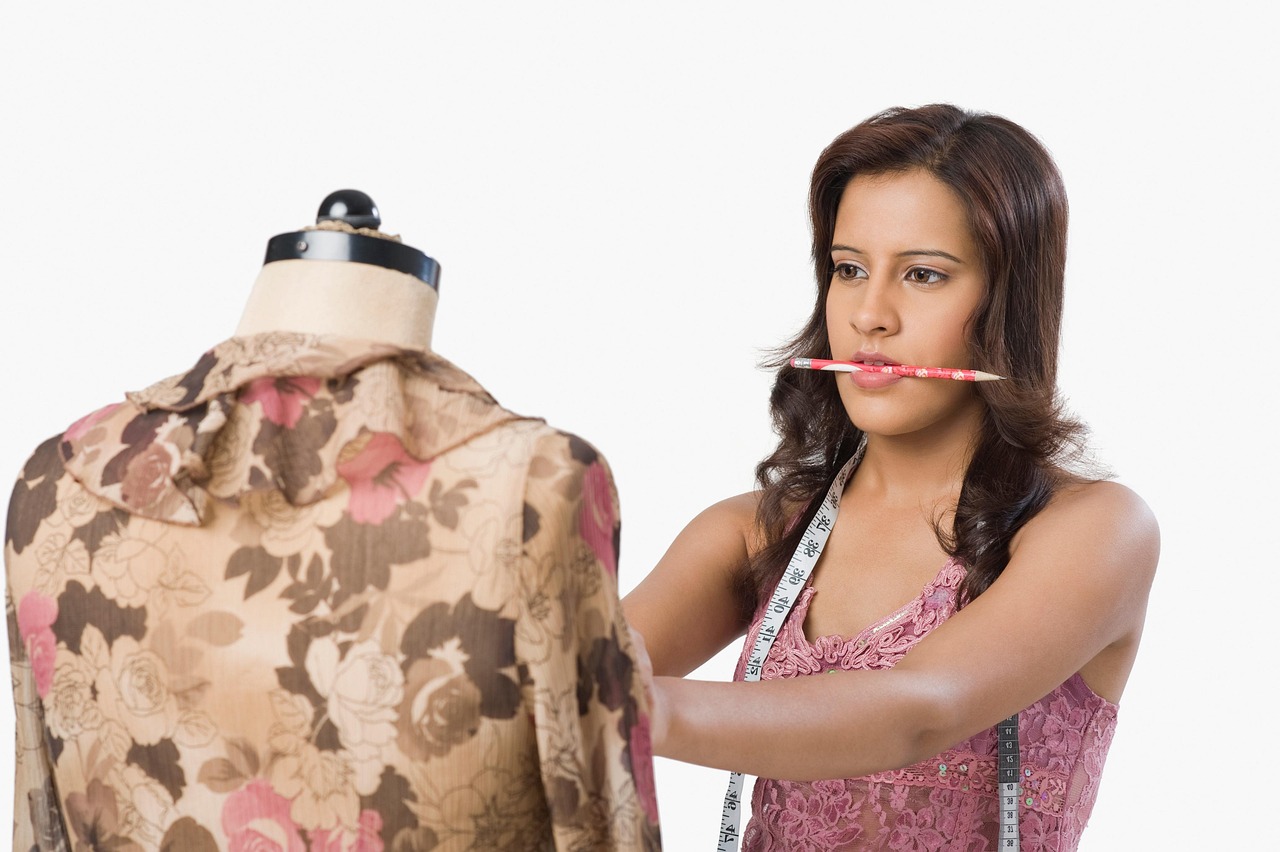Fashion is more than just clothing; it’s a powerful form of self-expression, a reflection of cultural identity, and a dynamic global industry worth trillions. From high-end runway shows to street style, the fashion world influences how people present themselves, shapes cultural narratives, and even drives economic growth.
This blog explores the many facets of the fashion world—from its history and evolution to its benefits and current impact on society.
The Evolution of Fashion
From Ancient Styles to Modern Runways
The fashion world has come a long way from the draped garments of ancient civilizations. In Ancient Egypt, clothing denoted status and religious affiliation, while in Rome and Greece, attire reflected civic duty and aesthetics.
The Renaissance brought luxurious fabrics and elaborate designs, and by the 20th century, fashion became increasingly democratized.
Key Eras in Fashion History
- 1920s: The flapper era introduced shorter hemlines and bold accessories.
- 1950s: A return to femininity with full skirts and hourglass silhouettes.
- 1970s: A decade of rebellion featuring bohemian and punk styles.
- 1990s to 2000s: Minimalism met maximalism with grunge and streetwear influences.
- 2010s to Present: Athleisure, gender-neutral fashion, and digital influences have become dominant, reflecting societal shifts toward comfort, inclusivity, and tech integration.
Each era reflects broader cultural shifts and technological advancements that continue to influence today’s fashion.
The Global Fashion Industry
Economic Impact
Fashion is a multi-trillion-dollar industry. According to recent data, the global fashion market is expected to reach over $1.5 trillion by 2025. It encompasses a wide range of sectors including design, manufacturing, marketing, and retail. The industry also supports millions of jobs worldwide, from artisans and factory workers to tech developers and retail employees.
Key Fashion Capitals
Some cities are especially influential in shaping fashion trends:
- Paris: Known for haute couture and elegance.
- New York: A hub for diversity and innovation.
- Milan: Famed for luxury and craftsmanship.
- London: Renowned for avant-garde and edgy styles.
- Tokyo and Seoul: Rising stars bringing street fashion and futuristic aesthetics into the mainstream.
These fashion capitals set the stage for seasonal trends and attract the attention of designers, influencers, and media.
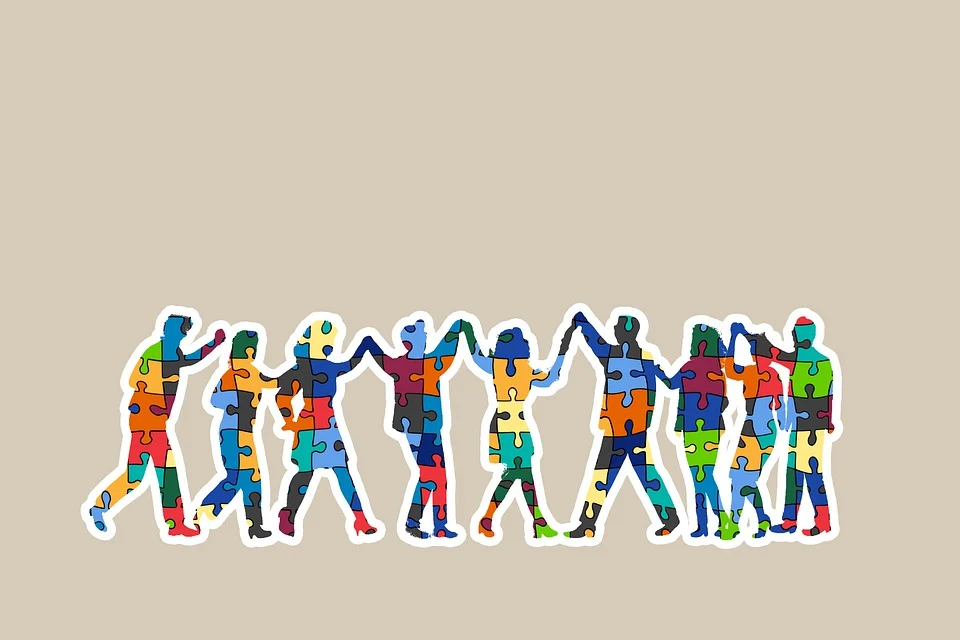
Fashion Trends and Influences
How Trends Are Created
Trends are born through a mix of cultural movements, celebrity influence, social media, and design innovation. Designers present collections during Fashion Weeks, which then trickle down through mass retailers and social platforms. Pop culture, music videos, movies, and global events also play a role in shaping what people wear.
The Role of Social Media
Platforms like Instagram, TikTok, and Pinterest have transformed the fashion landscape. Influencers and everyday users alike share outfit inspiration, fueling the rise of micro-trends and fast fashion. Hashtags like #OOTD (Outfit of the Day) allow trends to spread globally within hours. TikTok’s short video format is especially influential in making niche aesthetics—like “cottagecore,” “Y2K,” or “dark academia”—go viral.
Sustainable Fashion Trends
Sustainability is becoming increasingly central. Consumers now favor brands that prioritize:
- Ethical labor practices
- Eco-friendly materials
- Transparent supply chains
- Slow fashion principles
Brands like Stella McCartney, Patagonia, and Reformation are leading the charge in sustainable fashion. Thrifting, upcycling, and capsule wardrobes are also gaining popularity as consumers become more environmentally conscious.
Personal Style and Self-Expression
Fashion as Identity
The fashion world enables individuals to express who they are. From streetwear to high fashion, your outfit communicates your values, mood, and personality. Gender-fluid fashion, for instance, is breaking traditional molds and empowering self-expression across the spectrum. Fashion is increasingly seen as a tool for activism, with clothing bearing slogans or designs that reflect social and political beliefs.
How to Develop Personal Style
- Know Your Body: Understand what cuts and colors flatter you.
- Draw Inspiration: Follow fashion blogs, magazines, and influencers.
- Experiment: Don’t be afraid to try new combinations and textures.
- Invest in Staples: A good pair of jeans, a versatile blazer, and quality shoes go a long way.
- Mix High and Low Fashion: Combine designer pieces with affordable basics to create a balanced wardrobe.
Finding your personal style is a journey of self-discovery and confidence.
The Role of Technology in Fashion
Digital Fashion and Virtual Try-Ons
Virtual fashion shows, AR try-ons, and AI-powered styling tools are revolutionizing the industry. Brands are creating digital-only clothing lines, and virtual fitting rooms are becoming common in e-commerce. Customers can now see how an outfit looks on a 3D avatar or upload their own photo for virtual fitting.
Fashion and the Metaverse
In the metaverse, users dress avatars in designer outfits and attend virtual fashion shows. This growing market is merging fashion with gaming and NFTs, creating new avenues for brand engagement. Major brands like Gucci and Balenciaga have already launched virtual collections, tapping into Gen Z’s digital-first lifestyle.
Smart Textiles and Wearable Tech
From jackets that adjust to temperature changes to dresses that light up in response to music, wearable tech is blending function with style. Smartwatches and fitness trackers are just the beginning; future fashion may include garments that monitor health or enhance performance.
Careers in the Fashion World
Popular Fashion Careers
- Designer: Create clothing and accessory collections.
- Stylist: Coordinate looks for individuals, events, or photoshoots.
- Buyer: Select inventory for stores based on trends and consumer demands.
- Fashion Journalist: Cover runway shows, trends, and industry news.
- Textile Designer: Develop patterns and fabrics used in collections.
- Visual Merchandiser: Design in-store displays to attract customers.
- Fashion Marketer: Promote brands through campaigns and social media.
Skills and Education
Breaking into fashion often requires a mix of creativity, networking, and formal training. Degrees in fashion design, merchandising, or communications can be beneficial. Internships, portfolio development, and attending fashion events can also help launch a career.

Benefits of Engaging with the Fashion World
Cultural Awareness
Fashion allows you to explore and respect different cultures. Traditional garments, such as kimonos or saris, carry rich histories and meanings. Understanding the origins of certain styles promotes cultural appreciation over appropriation.
Confidence and Empowerment
Wearing an outfit you love boosts self-esteem. Fashion empowers people to take control of how they’re perceived and feel. Whether it’s a sharp business suit or a colorful festival look, the right attire can elevate your presence and performance.
Professional Opportunities
Understanding fashion can open doors in design, business, media, and technology. It’s a versatile field with global reach. Knowledge of trends and aesthetics is also valuable in adjacent industries such as film, music, and event planning.
Sustainability Awareness
Engaging with sustainable fashion helps you make informed choices that benefit the planet, from buying secondhand to supporting ethical brands. Consumers have the power to drive change by demanding better practices from brands.
Challenges in the Fashion Industry
Fast Fashion and Waste
Fast fashion leads to environmental damage and exploitative labor practices. Brands churn out low-quality, trendy items that often end up in landfills. The industry is one of the largest polluters globally, with textile waste and water usage being major concerns.
Inclusivity Issues
The fashion world has historically lacked representation of diverse body types, ethnicities, and abilities. However, progress is being made with more inclusive runways, adaptive clothing lines, and body-positive marketing campaigns. Brands are recognizing that diversity is not just a trend but a necessity.
Counterfeit Goods
Knockoff products harm both brands and consumers. Counterfeit fashion is a billion-dollar industry that poses ethical and quality concerns. It also undermines the work of designers and can support illegal labor markets.
Supply Chain Transparency
Many brands are criticized for lack of transparency in how their clothes are made. Consumers are increasingly demanding to know where and how garments are produced. Blockchain technology is being explored as a solution to trace garment origins and ensure ethical practices.
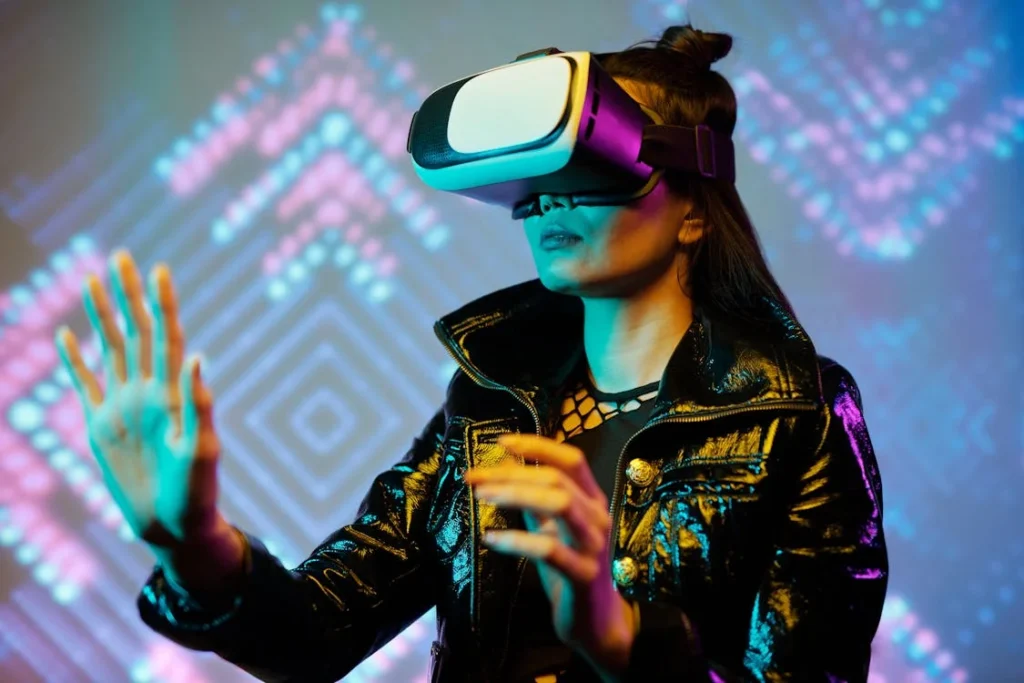
Conclusion: Why the Fashion World Matters
The fashion world is vibrant, influential, and constantly evolving. Whether you’re a designer, consumer, or enthusiast, fashion impacts how we express ourselves and engage with the world. By understanding its history, embracing its innovation, and supporting ethical practices, we can all play a role in shaping the future of fashion.
So, whether you’re dressing for expression, function, or art—step into the fashion world with curiosity, creativity, and conscience.
